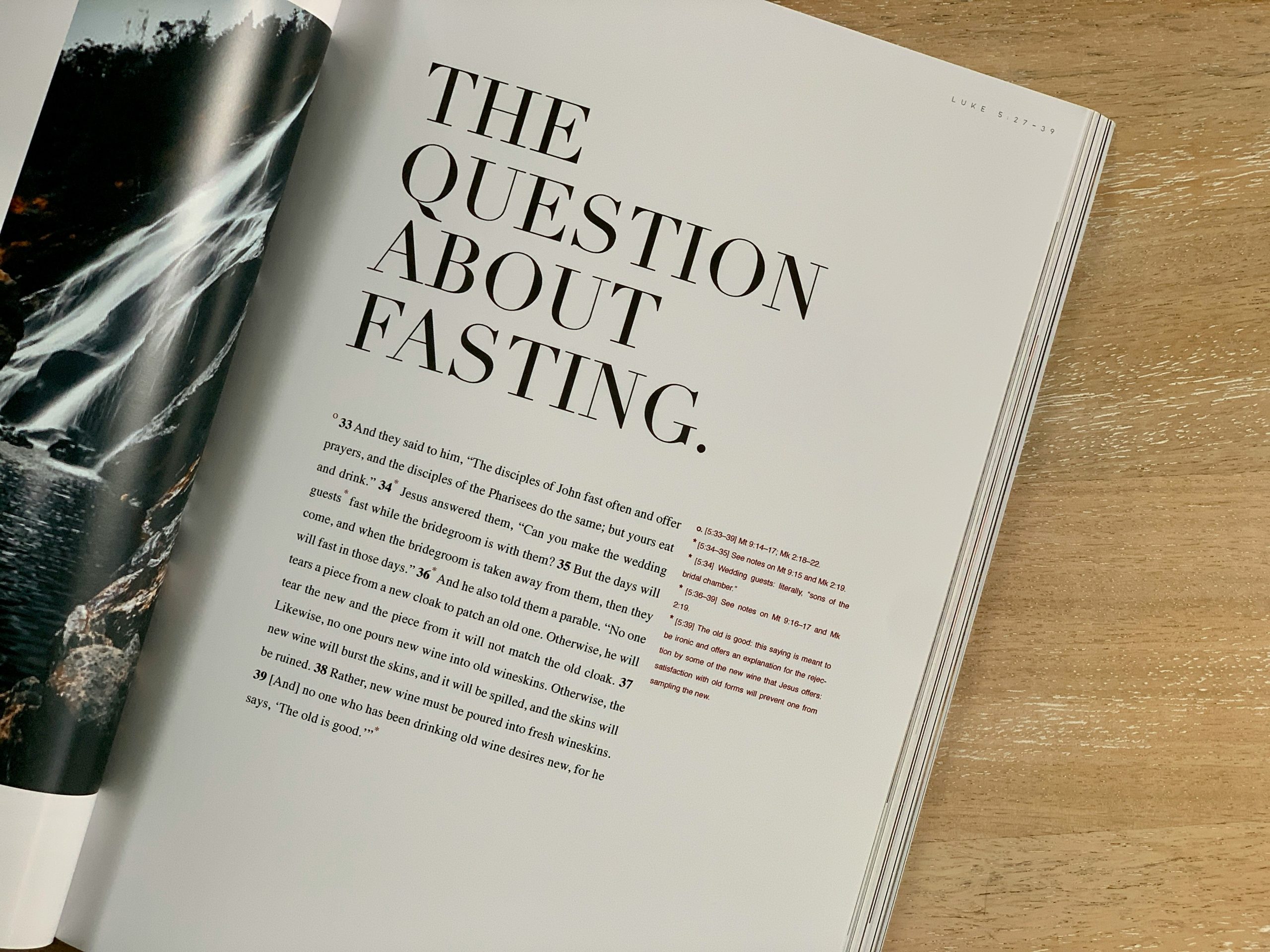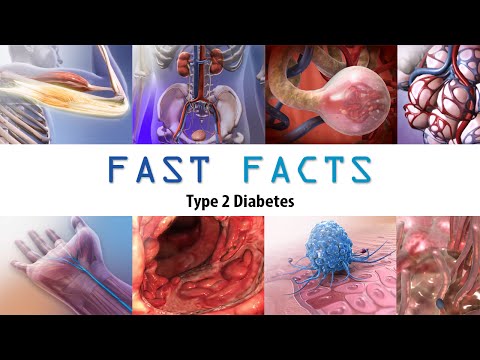What Is Intermittent Fasting (IF)?
Intermittent fasting (IF) is not a diet in the traditional sense—it’s an eating pattern. Instead of focusing on what you eat, it emphasizes when you eat. By alternating between periods of eating and fasting, the body taps into different energy sources, supports weight management, and may even improve long-term health.
Unlike strict diets, IF is flexible and can fit into different lifestyles, making it one of the most sustainable approaches to better health.
The Science Behind Intermittent Fasting
When you eat, your body uses glucose (from carbohydrates) as its primary fuel. During fasting, when glucose isn’t available, the body switches to burning fat for energy. This process, known as metabolic switching, leads to multiple benefits:
-
Improved insulin sensitivity: Helps regulate blood sugar levels.
-
Cellular repair (autophagy): The body clears out damaged cells and regenerates new ones.
-
Hormone regulation: Growth hormone levels rise, aiding fat loss and muscle gain.
Research also shows intermittent fasting may support heart health, brain function, and longevity.
Popular Methods of Intermittent Fasting
Not all fasting methods are the same. Here are the most common approaches:
1. 16/8 Method
-
Fast for 16 hours, eat within an 8-hour window.
-
Example: Skip breakfast, eat between 12 pm and 8 pm.
-
Best for: Beginners and people looking for flexibility.
2. 5:2 Diet
-
Eat normally for 5 days a week.
-
On 2 non-consecutive days, reduce calorie intake to 500–600.
-
Best for: People who prefer fewer restrictions most days.
3. Eat-Stop-Eat
-
24-hour fast once or twice a week.
-
Example: Dinner to dinner.
-
Best for: Advanced fasters looking for deeper benefits.
4. Alternate-Day Fasting
-
Fast every other day, eating normally on alternate days.
-
Best for: Those who want rapid results (but harder to sustain).
5. Warrior Diet
-
Small snacks (fruits/veggies) during the day.
-
One large meal at night (within 4-hour window).
-
Best for: People who enjoy a single big meal.
Health Benefits of Intermittent Fasting
Intermittent fasting offers more than weight loss. Some key benefits include:
Supports Weight Loss & Fat Burning
By extending the fasting window, your body burns stored fat for energy. Studies show intermittent fasting can lead to a 3–8% reduction in body weight over 3–24 weeks.
Improves Insulin Sensitivity
Helps regulate blood sugar levels, reducing the risk of type 2 diabetes.
Promotes Heart Health
Can lower blood pressure, triglycerides, and bad cholesterol (LDL).
Boosts Brain Function
Fasting increases brain-derived neurotrophic factor (BDNF), which supports memory and learning.
Enhances Longevity
Animal studies show intermittent fasting may extend lifespan by improving cellular repair and reducing inflammation.
Is Intermittent Fasting Safe?
For most healthy adults, intermittent fasting is safe. However, it’s not suitable for everyone. Avoid IF if you are:
-
Pregnant or breastfeeding
-
Underweight or have an eating disorder
-
Managing chronic illnesses without medical guidance
👉 Always consult a healthcare provider before starting.
Tips for Getting Started with Intermittent Fasting
-
Start Slow – Try the 12/12 method (12 hours eating, 12 hours fasting) before moving to 16/8.
-
Stay Hydrated – Drink plenty of water, black coffee, or herbal tea during fasting.
-
Eat Nutrient-Dense Foods – Focus on whole foods: lean proteins, vegetables, fruits, whole grains, and healthy fats.
-
Don’t Overeat – Avoid binging during eating windows; focus on balanced meals.
-
Listen to Your Body – Fatigue, dizziness, or extreme hunger are signs to adjust your plan.
Common Mistakes to Avoid
-
Eating junk food during eating windows.
-
Fasting without staying hydrated.
-
Ignoring sleep—rest is critical for weight loss and repair.
-
Being too rigid—flexibility makes IF sustainable.
Sample Intermittent Fasting Schedule (16/8 Method)
| Time | Activity |
|---|---|
| 8 am – 12 pm | Fasting (water/tea) |
| 12 pm | Break fast: grilled chicken + veggies + brown rice |
| 3 pm | Snack: nuts + fruit |
| 7 pm | Dinner: salmon + sweet potatoes + greens |
| 8 pm – 8 am | Fasting begins again |
Frequently Asked Questions
Q: Can I exercise while fasting?
Yes! Light workouts like walking, yoga, or strength training can be done during fasting. Intense workouts may require adjustments.
Q: Does intermittent fasting slow metabolism?
No. Studies show short-term fasting may increase metabolism. Long-term extreme calorie restriction, however, can lower it.
Q: What breaks a fast?
Anything with calories (food, juice, milk, sugar). Water, black coffee, and plain tea do not break a fast.
Conclusion: Is Intermittent Fasting Right for You?
Intermittent fasting is a powerful, flexible tool for improving health, supporting weight loss, and enhancing overall well-being. The key is to choose a method that fits your lifestyle, start gradually, and stay consistent.
Like any lifestyle change, success comes with patience, balance, and listening to your body.
💡 Ready to try intermittent fasting? Start small with a 12/12 schedule and track your progress.
👉 For more science-backed health tips, subscribe to our newsletter and never miss an update!








